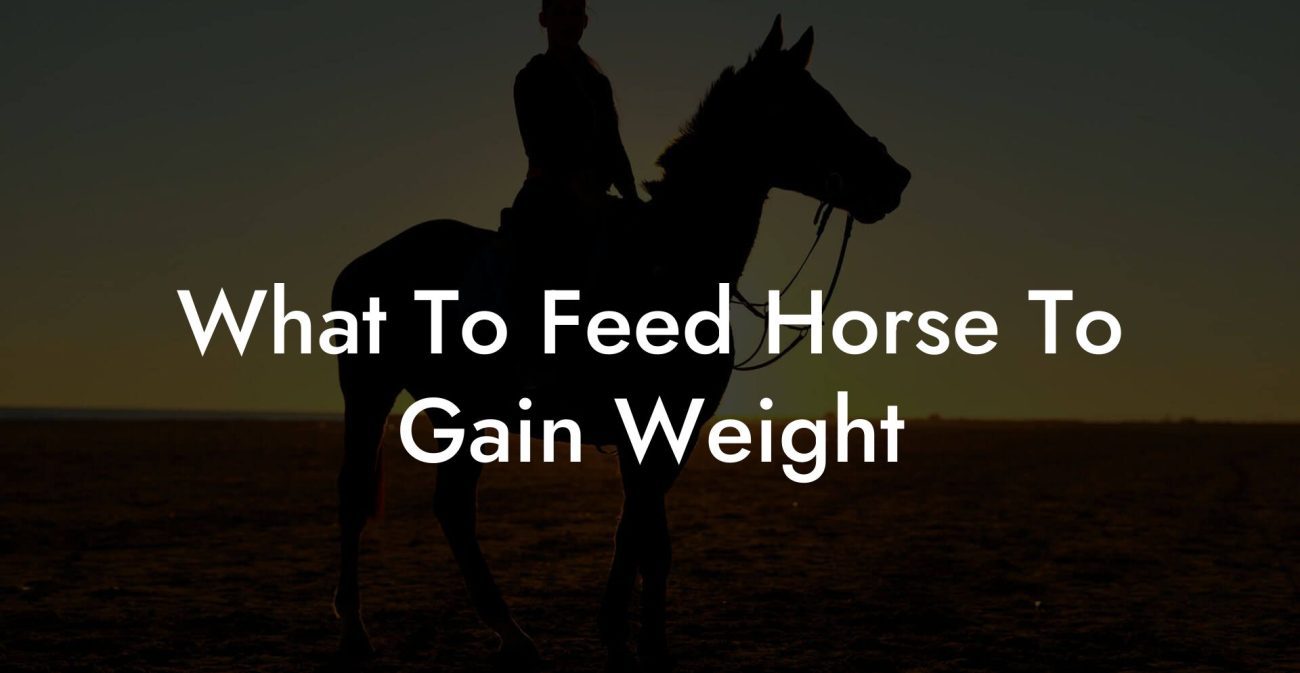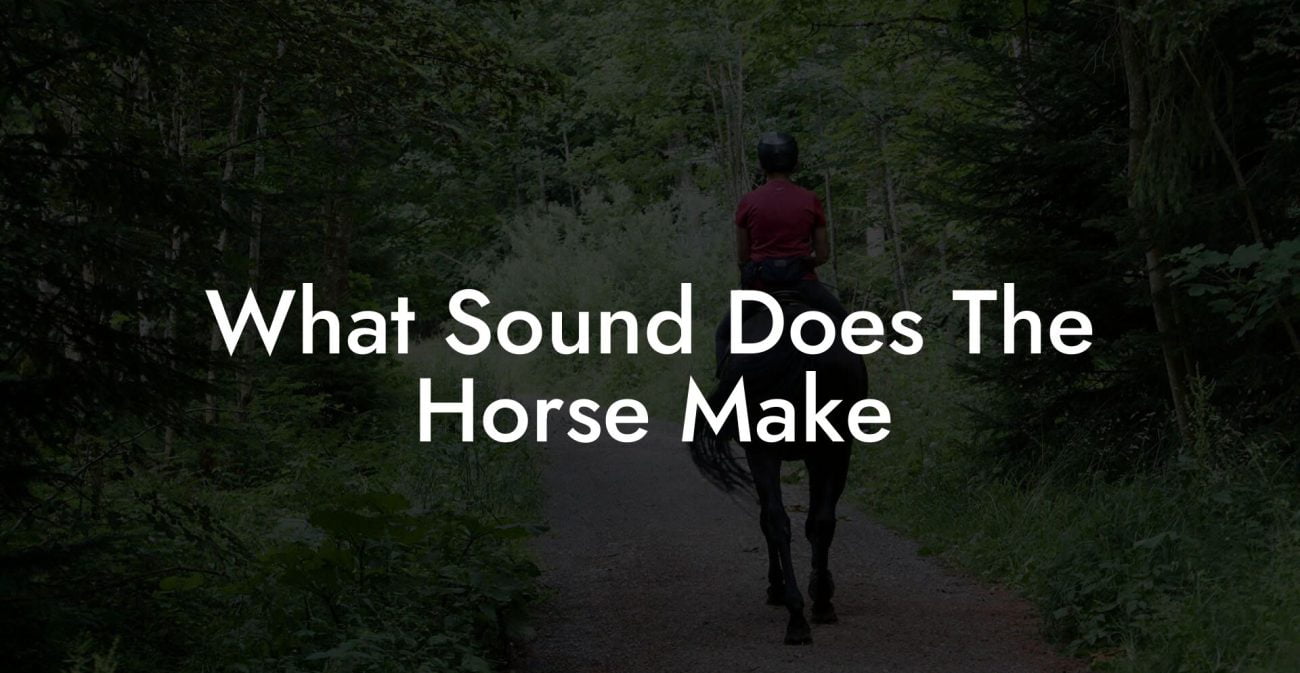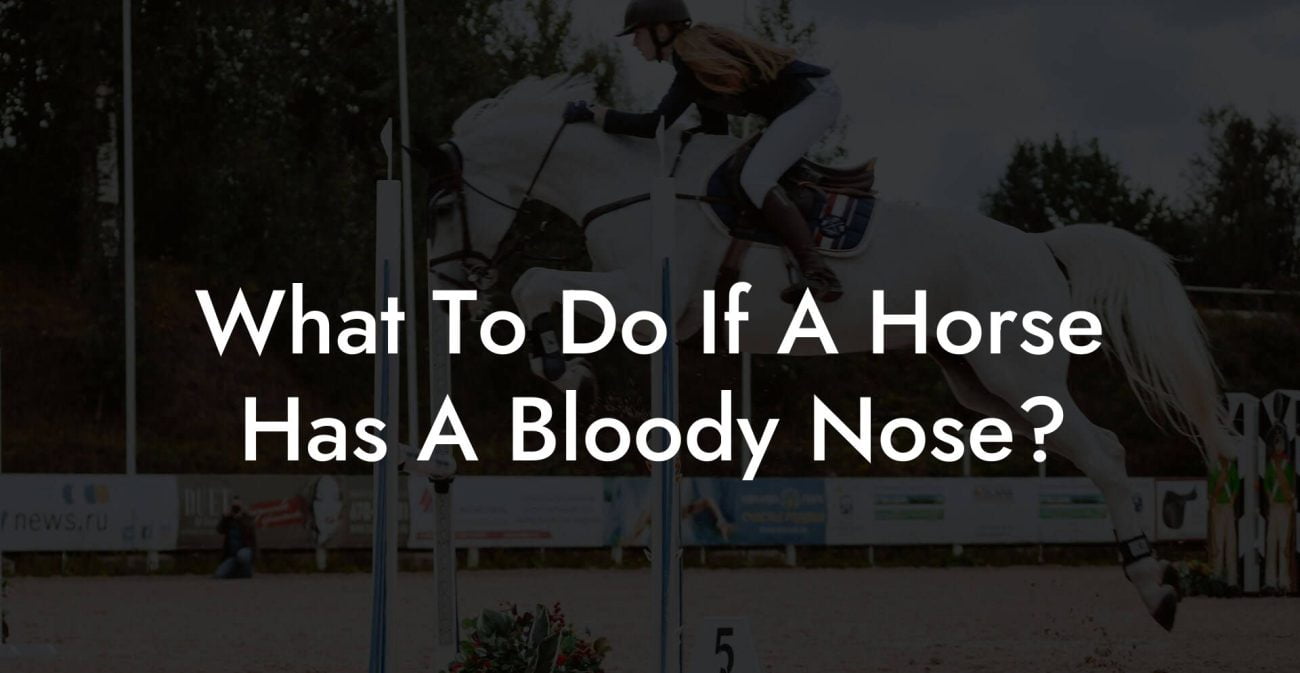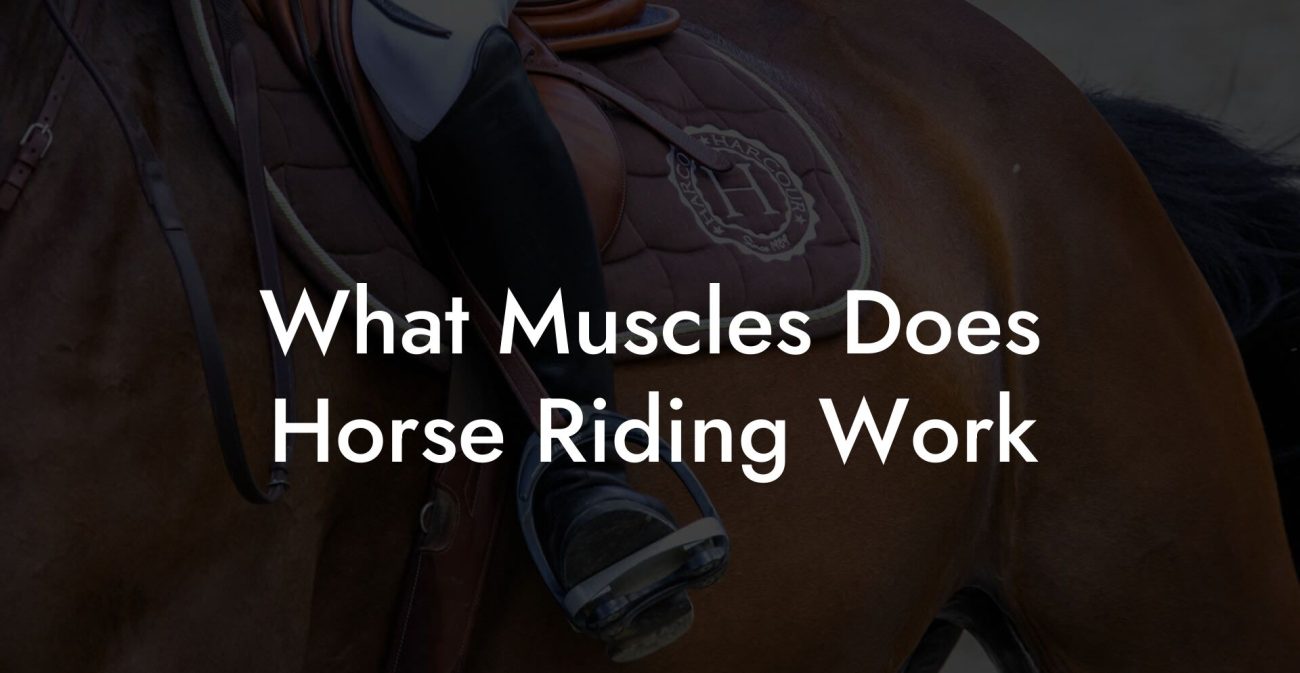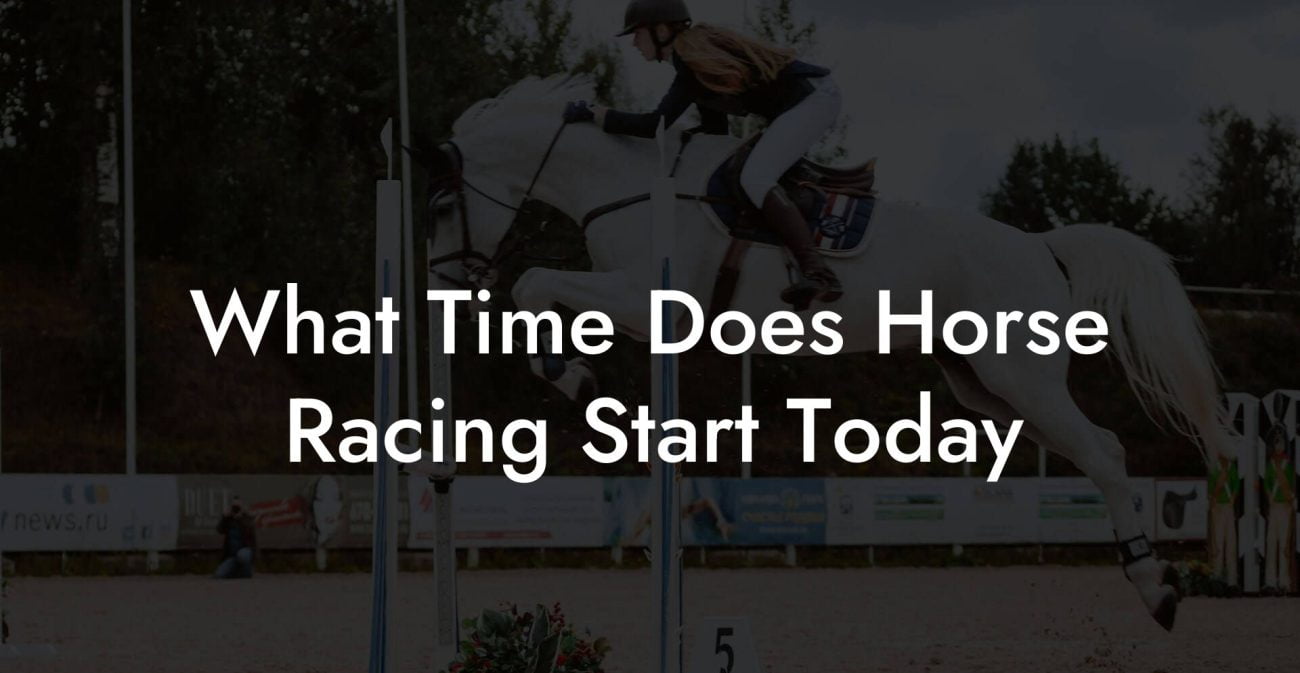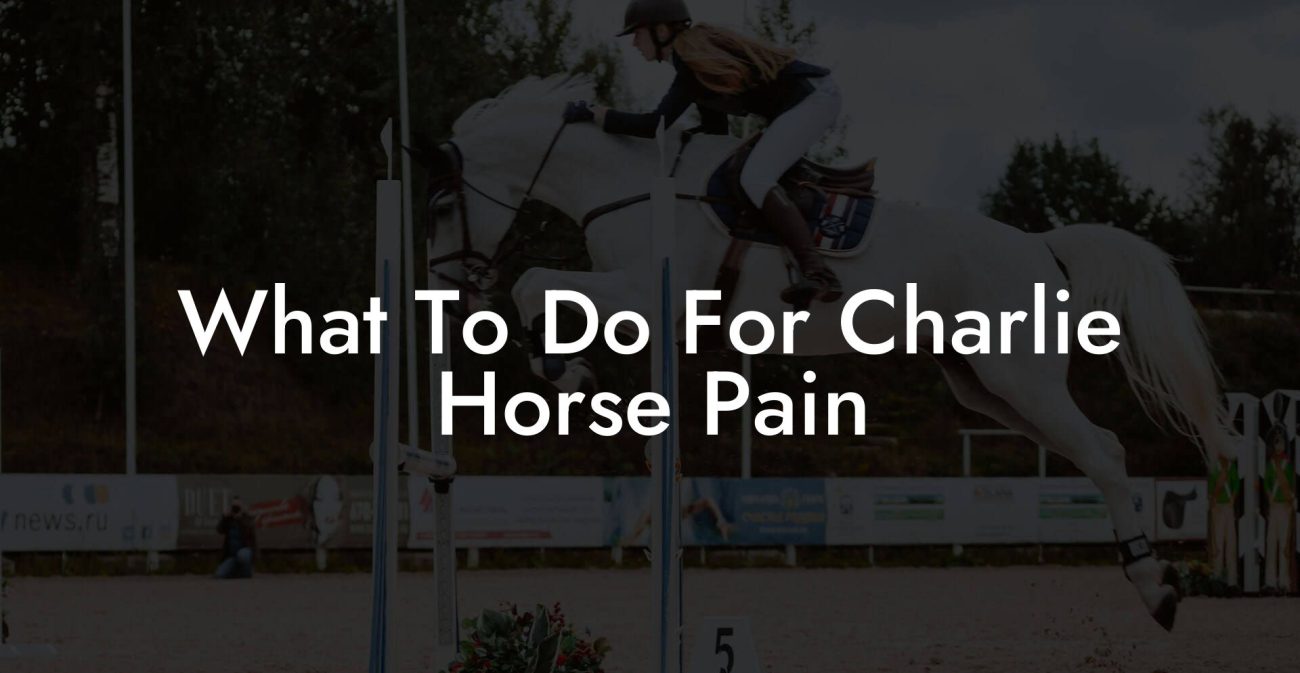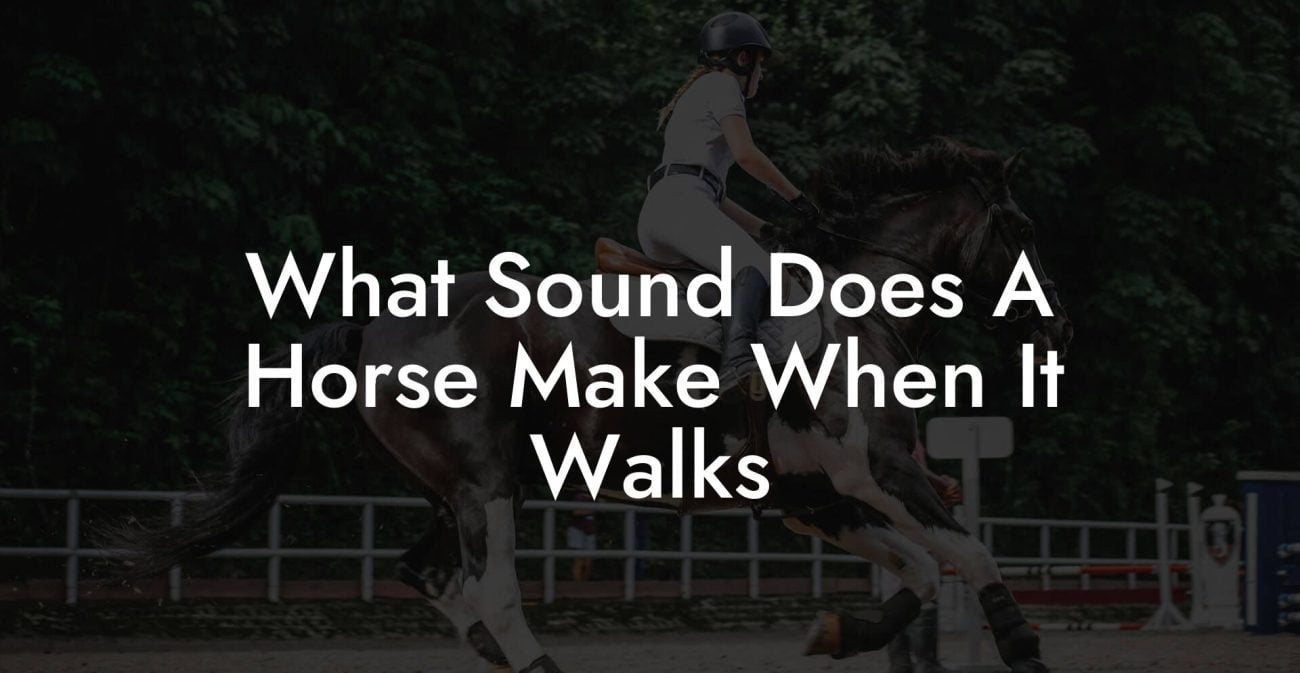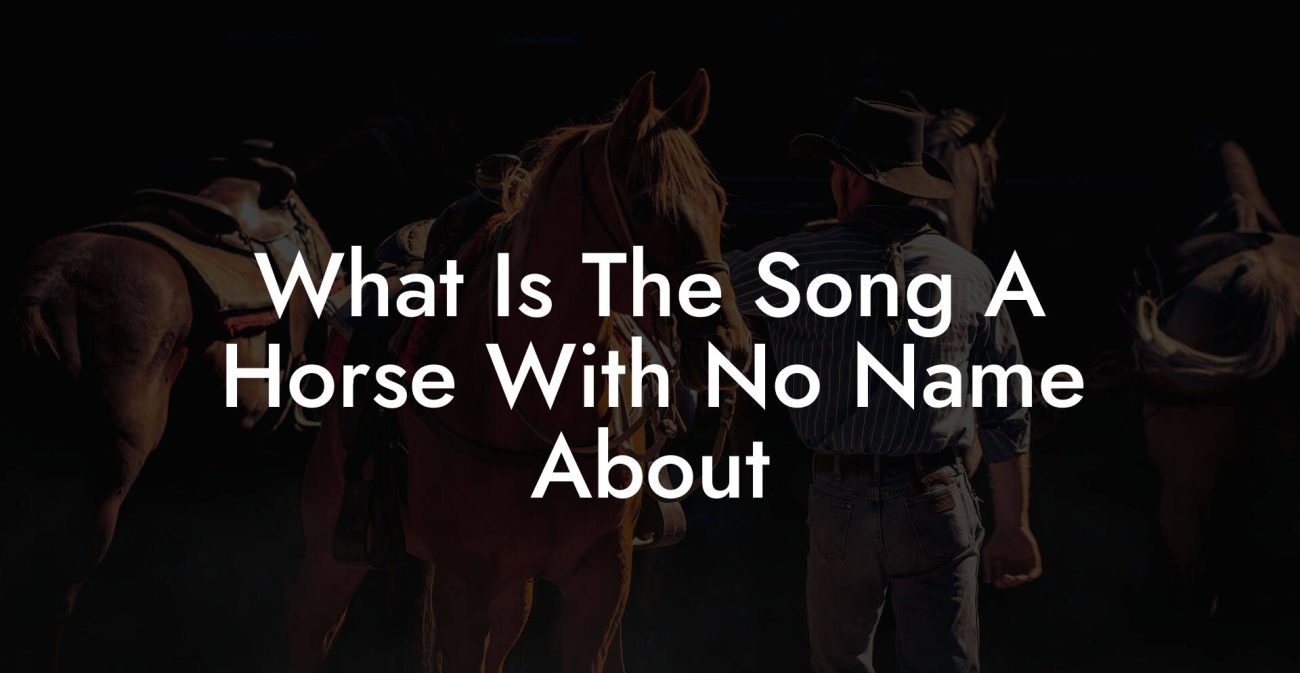Ever wondered what it really takes to transform your equine pal into a well-behaved, confident, and cared-for superstar? Buckle up, because “View 2 Horse training Courses” is here to revolutionize the way you, and your horse, connect, learn, and thrive together. In a world where social media trends and viral challenges capture our fleeting attention, these courses offer a refreshing blend of expert equine care paired with genuine humor and practical advice, designed specifically for the Gen-Z and millennial crowd. Whether you’re a newbie rider, an aspiring horse whisperer, or just someone who loves all things equine, get ready to dive into content that’s as informative as it is entertaining.
Quick Links to Useful Sections
- Introducing View 2 Horse Training Courses: The Ultimate Equine Experience
- The Two Pillars of View 2 Horse Training Courses
- Why These Courses Stand Out in a Digital Age
- The Foundations of Equine Mastery: Equine Essentials
- Navigating Horse Behavior
- Essential Grooming and Health Practices
- The Art and Science of Advanced Horsemanship: Advanced Equine Dynamics
- Delving Deeper into Horse Psychology
- Integrative Health and Nutrition for High-Performance Horses
- Interactive Learning: Merging Traditional Wisdom with Technology
- Bridging the Gap: Holistic Equine Care in the Digital Age
- Resources and Community Support: Your Next Steps in Equine Mastery
- Real-Life Success Stories: Transforming Horsemanship One Step at a Time
- Story 1: The Rebellious Steed Meets Its Match
- Story 2: From Frustration to Championship Performance
- Story 3: Building a Community, One Stable at a Time
- Creating Your Personalized Equine Training Plan
- Step 1: Evaluate Your Horse’s Unique Personality and Needs
- Step 2: Define Your Training Goals
- Step 3: Integrate Interactive Lessons and Community Feedback
- Step 4: Monitor Progress and Adjust Accordingly
- FAQs: Your Top Questions on View 2 Horse Training Courses Answered
- Your Journey to Equine Mastery Begins Now
Introducing View 2 Horse Training Courses: The Ultimate Equine Experience
Gone are the days when horse training meant endless hours of monotonous riding lessons and dusty old manuals. “View 2 Horse Training Courses” reimagines traditional horsemanship by integrating modern techniques, interactive learning modules, and a healthy dose of personality. Tailored specifically for a generation that thrives on authenticity and digital engagement, these courses provide you with the knowledge and tools to care for your horse like a pro, all while keeping things fun, fresh, and relatable.
At the heart of these courses lies a commitment: blending cutting-edge training insights with practical, hands-on advice on horse behavior, nutrition, grooming, and health management. With interactive video tutorials, downloadable resources, and a supportive online community, View 2 isn’t just about training your horse, it’s about forging a bond that lasts a lifetime. So, saddle up as we embark on an unforgettable journey through equine mastery!
The Two Pillars of View 2 Horse Training Courses
When it comes to mastering the art of equine care, View 2 Horse Training Courses showcases two meticulously designed programs:
- Course One: Equine Essentials – The Foundation of horse care – Dive into the basics of horse behavior, grooming, stable management, and introductory training techniques. Ideal for beginners, this course breaks down complex concepts into easy-to-follow steps enhanced by animated tutorials and practical demonstrations that speak directly to the modern learner.
- Course Two: Advanced Equine Dynamics – The Next Level of Horsemanship – For those who already have a basic understanding of equine care, this course delves deeper into advanced training techniques, problem-solving for behavioral challenges, performance training, and even alternative therapies to address common equine stress issues. Think of it as upgrading your skills to unlock your horse’s full potential.
Both courses are designed to empower you with holistic and integrative approaches to horse training that emphasize the interconnected aspects of physical training, mental well-being, and hands-on care. Whether it’s through customized workout plans, nutritional guides, or interactive Q&A sessions with expert trainers, View 2 is committed to being your go-to resource for all things equine.
Why These Courses Stand Out in a Digital Age
In an era where you can stream almost any type of content on-demand, what makes View 2 Horse Training Courses a must-have? It’s all about the experience, interactive, community-driven, and relentlessly modern. Here’s why:
- Interactive Learning: Forget boring slideshows. Engage with live demonstrations, behind-the-scenes videos, and mobile-friendly modules that bring every lesson to life.
- Expert Insights: Gain access to industry leaders and seasoned trainers who have honed their skills over years on the track and in the field. Their tips are practical, actionable, and peppered with humor.
- Community & Collaboration: Join a vibrant online community of horse enthusiasts who are as passionate as you are. Share experiences, ask questions, and grow together, because learning is always better when it’s communal.
- Holistic Approach: From emphasizing the importance of nutrition and grooming to understanding horse psychology and behavior, every module is designed to create a comprehensive learning experience.
- Flexibility and Accessibility: Study at your own pace, on your own schedule. The courses are built for today’s fast-paced lifestyle, ensuring that quality horse training education is just a click away.
These features seamlessly integrate SEO-friendly content driven by semantic keywords such as horse training, equine care, stable management, horse behavior, and holistic horse health. Not only do these elements boost your online visibility, they ensure you’re getting the best and most current information available.
The Foundations of Equine Mastery: Equine Essentials
Course One – Equine Essentials – is designed for those ready to lay the groundwork for a flourishing equestrian relationship. This program demystifies the basics of horse care, from understanding fundamental equine behavior patterns to mastering everyday grooming techniques that keep your horse healthy and happy.
Navigating Horse Behavior
Horses are majestic, highly intuitive creatures with their own unique personalities. Equine Essentials begins with a deep dive into how horses communicate, both through body language and subtle cues. You’ll learn to read these signs, which is paramount in preventing missteps and building trust.
The course covers:
- Understanding Basic Horse Behavior: Discover how horses respond to human interaction, environmental stimuli, and social dynamics within a herd.
- Recognizing Behavioral Signals: Learn about calming signals, warning behaviors, and how to interpret a horse’s posture to gauge mood and intentions.
- Building Trust: Practical exercises that help create a bridge of trust and mutual respect between you and your horse, using reward-based methods and consistent communication.
With these insights, you’ll quickly move beyond mere observation and into a proactive, empathetic approach to everyday interactions with your equine friend.
Essential Grooming and Health Practices
Grooming isn’t just about keeping your horse looking picture-perfect, it’s a powerful bonding ritual that promotes circulation, health, and overall well-being. In Equine Essentials, detailed modules on brushing techniques, mane and tail care, hoof inspection, and skin care are all presented with step-by-step visuals that transform mundane chores into moments of mindful connection.
Here’s what you’ll cover:
- Grooming Techniques: Best practices for maintaining a clean and healthy coat while avoiding common grooming mistakes.
- Stable Management: Tips on maintaining a safe and hygienic living environment that minimizes stress and disease risks for your horse.
- Health Monitoring: Learn simple yet effective methods for routinely checking your horse’s vital signs, from basic temperature readings to more nuanced indicators of well-being.
By the end of Equine Essentials, you'll have a well-rounded understanding of the daily routines and proactive measures that contribute to a happy, healthy equine life.
The Art and Science of Advanced Horsemanship: Advanced Equine Dynamics
Once you’ve got the foundations down, it’s time to raise the stakes with Advanced Equine Dynamics. This course isn’t for the faint-hearted; it’s for those who are determined to push the boundaries of traditional horsemanship and explore innovative training methods that cater to both the physical and mental aspects of equine performance.
Delving Deeper into Horse Psychology
Understanding your horse on a psychological level is crucial for managing behavioral challenges. Advanced Equine Dynamics delves into the cognitive functions behind equine decisions, teaching you how to respond to complex behaviors and even overcome common training bottlenecks.
Topics include:
- Advanced Behavioral Analysis: Learn how to interpret subtle behavioral cues that indicate stress, excitement, or disobedience.
- Problem-Solving Techniques: Tackle issues such as stubbornness, anxiety-driven behaviors, and learned resistance with science-backed methods and creative solutions.
- Innovative Training Strategies: Utilize positive reinforcement, clicker training, and technology-driven approaches like biofeedback to fine-tune your training regimen.
These methods aren’t just academic, they’re practical, tested, and designed to improve the day-to-day interactions between you and your horse.
Integrative Health and Nutrition for High-Performance Horses
Advanced training goes hand in hand with maintaining a horse’s peak physical condition. This section explains how integrative nutrition and alternative therapies can elevate your horse’s performance. Expect detailed guides on:
- Balanced Diets: Understand the critical role of lean proteins, complex carbohydrates, vitamins, minerals, and anti-inflammatory foods that boost recovery and energy levels.
- Supplements and Herbal Remedies: Explore scientifically backed supplements and natural remedies that support joint health, muscle recovery, and overall vitality.
- Fitness Regimens: Customized exercise routines that focus on stamina, flexibility, and strength tailored to racehorses, show horses, or even your weekend trail partner.
Integrative health isn’t just about feeding your horse; it’s about enriching their entire lifestyle to ensure longevity, performance, and happiness. Advanced Equine Dynamics bridges the gap between traditional methods and modern innovations, giving you an edge in equine management.
Interactive Learning: Merging Traditional Wisdom with Technology
One of the defining aspects of View 2 Horse Training Courses is the seamless blend of time-honored equine wisdom and state-of-the-art technology. Gone are the days when learning about horses meant dusty textbooks and outdated techniques. Today, you can experience immersive learning through interactive modules, augmented reality demos, and social media challenges that keep you engaged and motivated.
Imagine logging into a platform where you're greeted by an interactive dashboard outlining your training journey, a digital stable where you can track progress, compare notes with peers, and even earn badges for mastering specific techniques. With mobile-friendly lessons, bite-sized tutorials, and step-by-step video demonstrations, every aspect of these courses is tailored to a generation that values quick, actionable insights without compromising depth or quality.
Whether it’s through virtual clinics, live Q&A sessions, or community-driven competitions, the integration of technology in horse training is revolutionizing the way we build trust, understanding, and expertise in equine care. The use of SEO-rich keywords such as interactive equine training, digital horse care, and modern horsemanship support ensures that every tip, trick, and tutorial is optimized not only for your learning experience but also for enhanced discoverability in the vast digital arena.
Bridging the Gap: Holistic Equine Care in the Digital Age
At its core, horsemanship is about connection, between horse and human, tradition and innovation, passion and precision. View 2 Horse Training Courses doesn’t just offer lessons; it offers a full spectrum of equine care that spans daily grooming rituals, behavioral training, and even the emotional well-being of your four-legged friend. By embracing a holistic approach, these courses encourage you to view your horse as a complete entity, where every interaction matters and every touch reinforces the bond you share.
With modules that explore integrative nutrition, alternative therapies, and even mindfulness practices tailored for both riders and horses, you’ll find that every element of these courses is designed to create lasting, meaningful change. The emphasis on wellness is coupled with the latest digital media enhancements, ensuring you have access to a treasure trove of resources wherever you are, be it in your living room, at the barn, or on the go.
As you progress through the courses, you’ll uncover techniques that honor the timeless traditions of horsemanship while also harnessing the power of modern technology. This approach not only deepens your understanding of horse behavior but also empowers you to make informed decisions about their health, training, and daily care.
Resources and Community Support: Your Next Steps in Equine Mastery
Learning about horses and mastering the art of equine care can feel overwhelming at first, but you’re not in this alone. View 2 Horse Training Courses goes the extra mile by offering an extensive suite of resources and establishing a vibrant community platform where every enthusiast, from casual riders to seasoned trainers, can connect, share, and grow together.
Resources include:
- Downloadable Guides: Detailed PDFs covering everything from first-time horse care tips to advanced training strategies, all written in a friendly, relatable tone.
- Video Libraries: An ever-expanding collection of tutorials, behind-the-scenes training sessions, and expert interviews that demystify the intricacies of equine behavior.
- Discussion Forums: Interactive boards where you can ask questions, share success stories, and even troubleshoot challenges with expert moderators and fellow enthusiasts.
- Webinars and Live Sessions: Regularly scheduled sessions that bring top trainers and equine experts directly to your screen, offering real-time advice and insider secrets.
- Mobile App Integration: A user-friendly app that tracks your progress, sets reminders for training sessions, and even offers daily tips tailored to your horse’s needs.
What truly sets this community apart is the sense of belonging and shared purpose. Whether you’re looking for advice on managing a nervous gelding, seeking dietary recommendations to boost your equine’s performance, or simply wanting to swap funny stable stories, this is a community where every voice is heard, and every challenge is met with encouragement and expertise.
This is your invitation to take proactive steps in your equine journey:
- Download our comprehensive starter guides and keep them handy in your digital library.
- Join our live webinars and engage with trainers who understand the modern dynamics of horse care.
- Participate in community challenges that encourage you to implement new techniques and share your progress.
- Connect with like-minded equine enthusiasts via our discussion boards and social media groups.
With a robust support network at your fingertips, every step of your journey is bolstered by expert advice, shared experiences, and a dedication to making horse training not only effective but also enjoyable. Prepare to be inspired, motivated, and, most importantly, empowered to unlock the full potential of your equine companion.
Real-Life Success Stories: Transforming Horsemanship One Step at a Time
There’s no denying that the proof is in the pudding, or in this case, in the performance. Across the board, riders who have embraced the philosophy behind View 2 Horse Training Courses have witnessed remarkable transformations. These aren’t just stories of discipline and routine; they are real-life examples of how a blend of cutting-edge strategies and old-school passion can turn a challenging relationship into a harmonious partnership.
Story 1: The Rebellious Steed Meets Its Match
When Zoe first introduced her spirited mare, Bella, to the world of modern training, she was met with skepticism and endless obstacles. Bella’s unruly behavior and frequent bouts of anxiety had left Zoe feeling defeated, until she discovered the Equine Essentials course. With simple yet effective techniques to better understand and calm her horse, Zoe not only regained control but also developed a deeper emotional bond with Bella. Today, Bella is a star in local shows, and Zoe’s journey is a testament to how modern equine training can transform even the most headstrong horse.
Story 2: From Frustration to Championship Performance
Mark, a dedicated rider with dreams of competition, often struggled with inconsistent performance from his once-promising stallion, Thunder. Seeking advanced solutions, Mark enrolled in Advanced Equine Dynamics. The course’s blend of behavioral insights, performance training, and nutritional guidance unlocked secrets that traditional methods had overlooked. Over time, Thunder’s agility, focus, and overall health improved dramatically, propelling them to win several local championships. Mark now swears by the holistic approach, which not only fine-tuned his horse’s training but also expanded his understanding of how passion and science blend together in the ring.
Story 3: Building a Community, One Stable at a Time
For many, the learning journey is best traveled with company. Sarah, an avid equine enthusiast, found herself isolated in her quest for knowledge until she connected with the online community fostered by View 2 Horse Training Courses. From shared troubleshooting sessions to collective celebrations of small victories, her newfound network provided the support she needed to push past her limits. Today, Sarah not only runs a successful local stable but also mentors newcomers, embodying the spirit of collaboration and community that is at the very heart of modern horsemanship.
These success stories illustrate that with the right tools, guidance, and a bit of digital-age inspiration, every equine challenge can be transformed into an opportunity. Your success story might be just a course away.
Creating Your Personalized Equine Training Plan
No two horses are the same, and neither are the riders who care for them. The beauty of the View 2 Horse Training Courses is that they empower you to create a personalized, dynamic equine training plan that adapts to both your horse’s needs and your own schedule. Here’s a roadmap to get you started:
Step 1: Evaluate Your Horse’s Unique Personality and Needs
Begin by assessing your horse’s behavior, health indicators, and training history. Use the interactive tools provided in the course to log observations, track progress, and note any recurring challenges. This initial evaluation will serve as the foundation for a customized training plan.
Step 2: Define Your Training Goals
Are you looking to address behavioral issues, boost your horse’s performance, or simply refine the basics? Set clear, achievable goals. Whether it’s mastering basic commands, improving stamina, or enhancing your horse’s overall wellness, having well-defined milestones keeps you motivated and focused.
Step 3: Integrate Interactive Lessons and Community Feedback
Leverage the downloadable tutorials, video sessions, and community forums to mix up your training regimen. Start with a structured routine and incorporate feedback from fellow riders and trainers. This collaborative approach not only refines your strategy but also adds an element of fun and accountability.
Step 4: Monitor Progress and Adjust Accordingly
Utilize the digital tracking tools provided by the platform to measure improvements. Whether you’re tracking physical progress, behavioral shifts, or overall performance enhancements, a data-driven approach means you can adjust your plan in real-time, ensuring your horse’s needs are always met.
Remember, your training plan is a living document. With consistent evaluation and community support, you’ll be equipped to navigate the challenges of equine care and celebrate every success along the way.
FAQs: Your Top Questions on View 2 Horse Training Courses Answered
Below are some of the most frequently asked questions about View 2 Horse Training Courses, crafted to clear any doubts and help guide your journey into modern horse training:
1. What exactly are the View 2 Horse Training Courses?
They’re comprehensive, interactive courses split into two main modules, Equine Essentials and Advanced Equine Dynamics, that cover everything from the basics of horse care to advanced training techniques, all bundled with modern tech tools and community resources.
2. Who are these courses designed for?
These courses cater to a diverse audience, from beginners to seasoned horse enthusiasts, especially those who appreciate a holistic, tech-integrated approach to equine care. They’re perfect for Gen-Z and millennials who crave engaging, practical, and innovative learning experiences.
3. Do I need any prior experience to enroll?
Not at all! The Equine Essentials course starts at the very basics, making it ideal for newbies, while Advanced Equine Dynamics is geared towards those with some existing knowledge looking to refine their skills.
4. How is technology integrated into these courses?
From interactive video tutorials and augmented reality demos to digital progress trackers and community forums, technology is woven into every facet of the courses to make learning engaging and accessible anytime, anywhere.
5. Can I join the online community even if I’m not enrolled in a course?
Absolutely! The community platform is open to anyone interested in modern horsemanship. It’s a great place to share tips, ask questions, and connect with fellow equine enthusiasts.
6. Will these courses help improve my horse’s behavior?
Yes, by using a mix of behavioral insights, positive reinforcement techniques, and interactive training tools, you’ll be well-equipped to address and improve any challenging behaviors.
7. What kind of support can I expect if I run into issues?
Besides comprehensive course materials, you’ll have access to expert Q&A sessions, community moderators, and downloadable troubleshooting guides that cover common challenges in equine care.
8. Are there any ongoing updates or new modules added regularly?
Yes! The platform is constantly updated with fresh content, new interactive features, and expert-led webinars to keep you on top of the latest trends in horse training and care.
Your Journey to Equine Mastery Begins Now
Every great journey starts with a single step, and in the captivating universe of horses, that step is often taken with a blend of courage, curiosity, and community support. By enrolling in View 2 Horse Training Courses, you’re not just signing up for a series of lessons; you’re stepping into a realm where tradition meets innovation, and passion is celebrated through every interactive module, every success story, and every insightful discussion.
Remember, the art of horsemanship isn’t solely about perfecting a skill or mastering a command, it’s about understanding the rich tapestry of equine behavior, nurturing the bond built on trust and mutual respect, and continuously evolving as both a rider and a caring mentor. Whether you're excited about basic grooming techniques or eager to tackle advanced training dilemmas, every lesson is a milestone on your equine journey.
As you progress, embrace the laughter that comes with every misstep, appreciate the slow but satisfying progress, and never hesitate to share your journey with the vibrant community that surrounds you. After all, in the world of modern horse training, every question, every challenge, and every success contributes to a bigger narrative, a narrative that celebrates the passion and resilience of both horses and those who care for them.
So, dive in, explore the resources, connect with fellow enthusiasts, and let “View 2 Horse Training Courses” guide you to a future where every ride is an adventure, every lesson is a breakthrough, and every moment spent caring for your horse is a tribute to the timeless bond between human and equine.
Your journey to equine mastery isn’t just a course, it’s a lifestyle. Embrace the blend of technology and tradition, the harmony of science and art, and watch as your equine companion transforms into the radiant, well-cared-for partner you always dreamed they could be.


